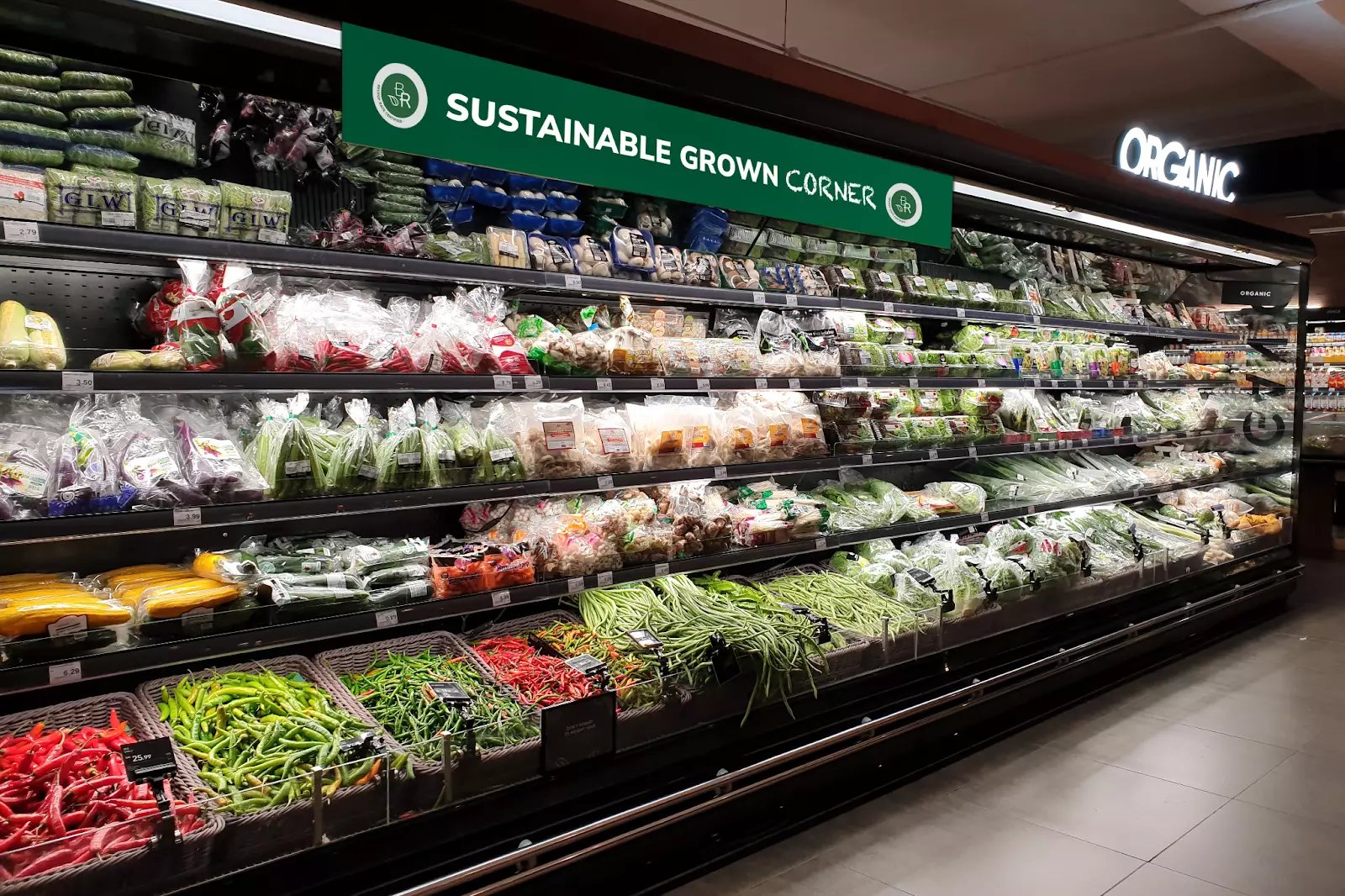Share this
Evaluate Soil Health and Biodiversity in Your Supply Chain
by Meri Lillia Mullins on 30/Aug/23
Why Is Sustainability Verification Crucial for Consumer Packaged Goods Companies?
The importance of adopting regenerative farming practices to combat environmental challenges and fight against climate change is increasingly recognized. These methods focus on maintaining the health of the soil, protecting biodiversity, controlling water resources, and sequestering carbon, all of which are crucial for guaranteeing the long-term sustainability of our fragile food system. In today's consumer-driven market, it's paramount to highlight sustainable and regenerative farming practices.
Accordingly, stakeholders in the food industry, such as suppliers, retailers, and manufacturers, are focusing on incorporating sustainability into their entire supply chain. A YouGov study indicates a growing consumer mistrust towards brands' environmental claims. Customers seek assurance regarding the genuineness of the products. They ask questions about whether these products are really sustainable, or about the farm's history, and even the steps taken to transform it into a regenerative ecosystem.
A label cannot always provide these answers. Instead, data-driven metrics that support sustainability certifications and analyze soil health and biodiversity are required to appease customer concerns. A 2020 study by General Mills and Ecotone demonstrates that every dollar invested in regenerative agriculture can create roughly five dollars in additional value across social, environmental, and economic sectors. Hence, businesses not only nurture a sustainable food ecosystem but also boost their reputation and potential return on investment.
How Can You Assess the Impact on Soil Health and Biodiversity in Your Supply Chain?
In response to heightened consumer interest, groundbreaking tools and technologies that utilize data for sustainability measurement in agriculture are emerging. With the assistance of these data-centric solutions, various players in the food system can make educated choices, monitor advancement, and foster a sustainable future. Among these innovations is BeCrop® Rate, an outcome-based verification process from Biome Makers, which measures underground biodiversity to confirm above-ground sustainability outcomes.
Introducing BeCrop® Rate: A Soil Biology and AI-Driven Metric System
Consumers are eager to know that farms are taking the necessary steps to transition to regenerative ecosystems. Therefore, the BeCrop® Rate comes into play. It's a unique solution that relies on a robust scientific approach blending advanced genomics, ecological computing, and artificial intelligence to create a single, easy-to-understand metric for sustainability verification.
Moreover, BeCrop® Rate's power stems from the most extensive global taxonomy database of microorganisms. This allows the system to interpret intricate interactions within the soil microbiome, yielding valuable insights into the effects of agricultural management techniques on soil wellness and sustainability.
A standardized sustainability indicator is crucial for consumers while shopping. The BeCrop® Rate helps farmers offer a QR code that lets end consumers know precisely where and how the food was cultivated, fostering a shared sense of responsibility towards sustainable farming.
The implementation of regenerative agricultural practices, such as cover cropping and organic inputs, correlates positively with higher BeCrop® Rate scores. By embracing these practices, farmers can enhance their BeCrop® Rate scores, thus aligning more closely with resilient and sustainable farming methodologies. Combined with BeCrop Management, businesses, and farmers can analyze different fields to identify areas for improvement. BeCrop Reports, backed by agronomists' expertise, simplify this process, facilitating smarter choices and goal achievement.
To learn more about how to identify different soil health problems, check out Troubleshooting Soil Problems with BeCrop.
Enabling Participants in the Food Ecosystem
Advantages of BeCrop® Rate for Different Stakeholders
- Farmers: It acts as an essential instrument for gauging and advancing sustainable practices, fine-tuning resource use, and effectively conveying sustainability endeavors.
- Food Operators and Consumer Packaged Goods Companies: BeCrop® Rate assists in tracking the supply chain's efficacy, recognizing areas for enhancement, and displaying commitment to sustainability by collaborating with farmers possessing high BeCrop® Rate scores.
- Market and Consumers: By integrating BeCrop® Rate into sustainability agendas, market appeal and consumer confidence can be enhanced.

Conclusion
The gradual shift towards sourcing sustainably is not merely a reaction to customer preference but a crucial step towards creating a robust and conscientious food production system. The advent of BeCrop® Rate provides an authentic and detailed metric based on soil biology and AI, making the sustainability process transparent and accessible.
Its wide-ranging impact not only assists farmers in moving towards greener practices but offers a credible tool for the entire food industry to monitor, showcase, and improve their sustainability efforts.
By incorporating BeCrop® Rate, businesses amplify their appeal, bolster transparency, and elevate consumer trust. This innovative approach fosters a reciprocal relationship between consumers, producers, and the entire food ecosystem, heralding a promising future filled with responsible and transparent practices. As a symbol of progress, BeCrop® Rate lights the path towards a more ecologically sound agricultural horizon.
Share this
- June 2025 (2)
- September 2024 (1)
- August 2024 (1)
- July 2024 (1)
- June 2024 (2)
- May 2024 (2)
- April 2024 (2)
- March 2024 (1)
- February 2024 (1)
- January 2024 (1)
- November 2023 (1)
- October 2023 (1)
- September 2023 (1)
- August 2023 (2)
- July 2023 (2)
- May 2023 (2)
- April 2023 (3)
- March 2023 (3)
- February 2023 (2)
- January 2023 (1)
- November 2022 (1)
- October 2022 (2)
- September 2022 (1)
- August 2022 (3)
- July 2022 (3)
- June 2022 (1)
- May 2022 (5)
- April 2022 (7)
- August 2021 (1)
- July 2021 (1)
- May 2021 (1)
- April 2021 (4)
- November 2020 (3)
- October 2020 (4)
- September 2020 (1)
- August 2020 (3)
- July 2020 (1)
- June 2020 (1)
- May 2020 (2)